The broad category of toddler clothing includes an array of attire crafted to cater to the comfort, safety, and fashion of little ones aged one to three. This assortment features items such as shirts, trousers, frocks, and coats, all designed with the developmental and exploratory stages of toddlers in mind. The design ethos behind toddler attire considers the lively and often untidy nature of this age group, prioritizing freedom of movement, resilience, and ease of maintenance.
Types of Toddler Clothing and Their Characteristics
The toddler clothing sector offers a spectrum of styles, from day-to-day casuals to specialized ensembles for particular events and pursuits. Casual attire generally comprises tees, stretch pants, and shorts, all emphasizing comfort and flexibility. More formal options might include intricately woven dresses and suits for celebratory events like nuptials or family festivities. Nightwear employs soft, airy fabrics for nocturnal ease, whereas sportswear utilizes elastic and perspiration-wicking materials apt for energetic play and physical exertion. Each category is defined by its practicality, level of comfort, and appropriateness for different settings.
Structure of Toddler Clothing
The architecture of toddler clothing is thoughtfully devised to suit the vivaciousness of a young child. Essential features include press studs for swift nappy changes, expandable waistbands to accommodate growth, and pliable necklines for hassle-free dressing. The construction of these garments ensures they retain their form and allow for unimpeded movement, with details such as gusseted trouser crotches and articulated knees. These design elements are fundamental, ensuring the clothes are not just utilitarian but also cozy for the wearer.
Materials and Their Properties in Toddler Clothing
In the domain of toddler clothing, fabric selection is critical, given the energetic lifestyle and delicate skin of toddlers. Cotton is preferred for its inherent softness and non-allergenic qualities, ideal for extended wear. Blends of polyester and cotton are chosen for their durability and low-maintenance qualities, often reducing the need for ironing and enhancing stain resistance. Spandex is integrated for its stretchability, offering a snug yet unrestrictive fit that can keep pace with rapid growth and activity. The choice of fabric significantly influences the garment's practicality, comfort, and durability—key considerations for both parents and manufacturers.
Business Usages and Applications of Toddler Clothing
Toddler clothing is a fundamental element in a variety of commercial environments, from niche boutiques to expansive retail outlets. In childcare settings, robust and functional attire is indispensable for day-to-day activities. The entertainment industry values aesthetically pleasing garments for photo sessions and performances. Educational institutions may mandate uniforms or attire conducive to a learning atmosphere. The versatility and adaptability of toddler attire render it a sought-after item in commerce, not only for individual consumption but also for bulk acquisition to meet institutional requirements.
Functions of Toddler Clothing
The purpose of toddler clothing revolves around providing comfort, enabling movement, and shielding the young from environmental factors. Specialized items like swimwear are crafted from fabrics that guard against the sun and resist chlorine, while winter apparel is insulated and waterproof to ensure toddlers remain warm and dry. The functionality of toddler attire is a pivotal factor that guides consumer choices, as guardians seek garments that will best accommodate their child's active and inquisitive nature.
Features of Toddler Clothing
The attributes of toddler clothing are meticulously considered to amplify the garment's allure and practicality. Reversible pieces offer style versatility, while UV-protective items add an extra measure of safety for outdoor activities. Many clothes are designed with tagless labels to avoid skin irritation, and some boast antimicrobial properties to uphold cleanliness. These distinctive features are not merely functional; they also serve as key differentiators for brands in the competitive market of toddler apparel.
Benefits of Toddler Clothing
The advantages of toddler clothing are numerous. Garments that offer comfort can positively influence a toddler's mood and their eagerness to participate in activities. Safety features such as flame-resistant materials and secure fastenings offer guardians reassurance. The economic value of durable toddler attire is evident, as pieces that last longer can be passed on. For those with environmental concerns, the option of garments made from sustainable materials is a significant plus, aligning with their ethical stance.
How to Use, Choose, Clean, Maintain, and Install Toddler Clothing
To effectively utilize toddler clothing, one should account for the child's present size and potential growth, opting for items that allow for expansion without being overly large. In selecting toddler attire, it's crucial to favor pieces with stretchable fibers and adaptable features to keep up with swift development. Cleaning should be done with diligence, following the recommended instructions to preserve the integrity and hue of the fabric. Routine upkeep, such as inspecting for loose fasteners and repairing minor rips, can substantially prolong the lifespan of the clothing. Properly outfitting a toddler, ensuring garments are worn as intended, is vital for the child's comfort and safety.
Target Audience and Meeting Their Needs
The intended market for toddler clothing is varied, encompassing parents, extended kin, and entities like daycare centers and preschools. Each demographic has distinct requirements, from the practicality and simplicity of dressing for time-pressed caregivers to the sturdiness and cost-effectiveness for institutions. By recognizing and catering to these diverse needs, companies can customize their offerings to satisfy market demands, ensuring their products are well-received and fit for their intended use.
How does toddler clothing cater to the developmental needs of children?
Toddler clothing is conceived with the recognition that toddlers are navigating a critical phase of physical and cognitive growth. Attire that facilitates effortless movement supports their exploration and learning, while robust materials and craftsmanship endure frequent activities and tumbles. Moreover, straightforward designs encourage toddlers to begin dressing independently, fostering autonomy.
What should be considered when selecting toddler clothing for different activities?
In choosing toddler clothing for diverse activities, one should weigh the activity's nature, the prevailing weather conditions, and the child's comfort. For vigorous play, elastic and hard-wearing fabrics are preferable. For more sedate activities or rest periods, garments that are softer and more comfortable are ideal. Options for layering are also crucial to adjust to fluctuating temperatures throughout the day.
How can caregivers ensure the longevity of toddler clothing?
To guarantee the durability of toddler clothing, caregivers should adhere to care instructions, opting for fabrics that can endure regular laundering. Investing in higher-quality items with reinforced stitching and robust materials can also prolong the wearability of toddler garments. Moreover, choosing timeless designs and adjustable pieces may allow for prolonged use as the child grows.



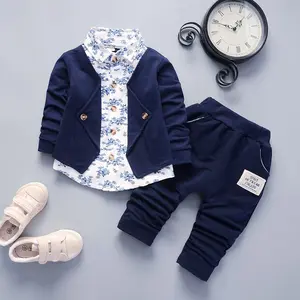

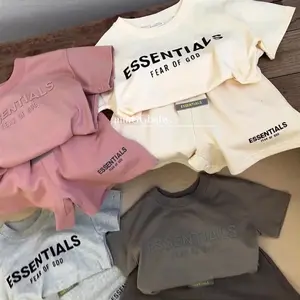

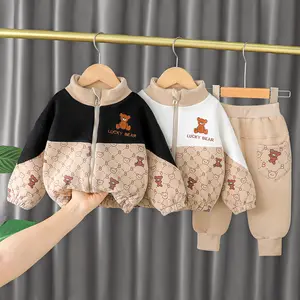

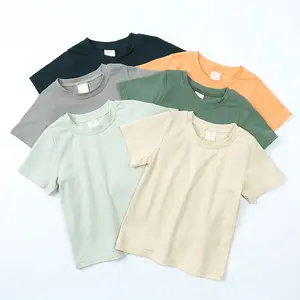









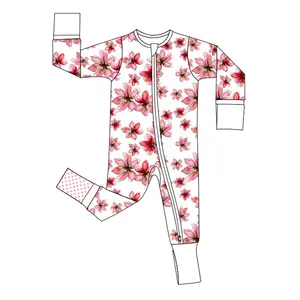
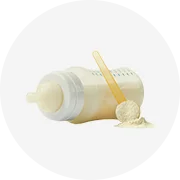

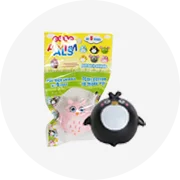
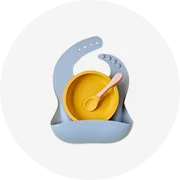
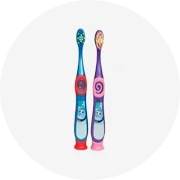
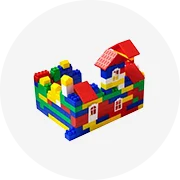
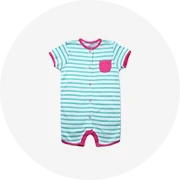

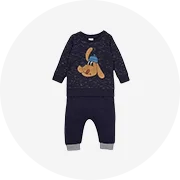
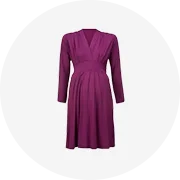
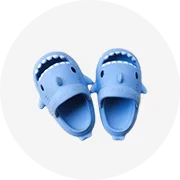

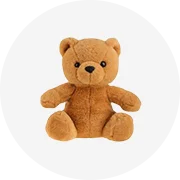
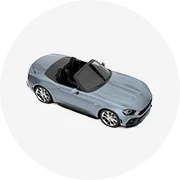
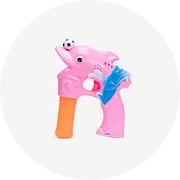








 浙公网安备 33010002000092号
浙公网安备 33010002000092号 浙B2-20120091-4
浙B2-20120091-4